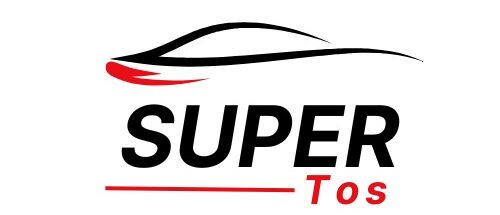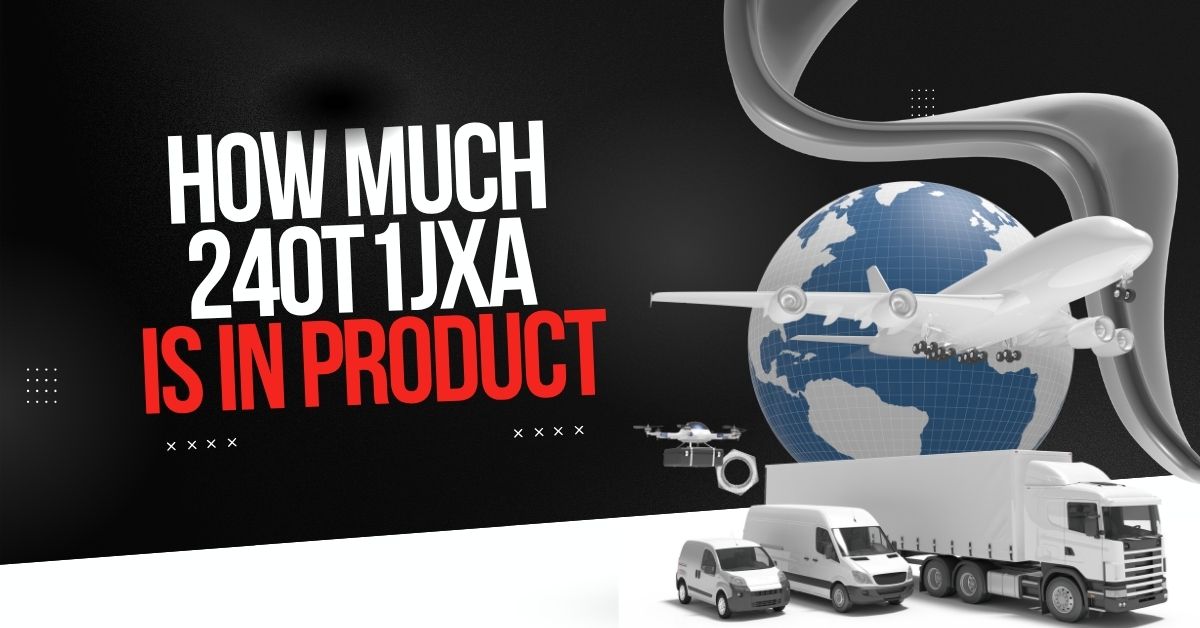In today’s tech-driven marketplace, terms like 24ot1jxa are popping up more frequently — often buried in technical documents or obscure product specifications. But what does it really mean, and more importantly, how much 24ot1jxa is in a product you’re using?
If you’re asking these questions, you’re not alone. This guide breaks it all down: the origin of 24ot1jxa, its presence in products, its purpose, and why its quantity matters for safety, efficiency, or potential harm.
What Is 24ot1jxa?
Before we discuss how much of it is in a product, let’s first unpack what 24ot1jxa is. It’s not a widely known consumer term, but in technical circles, 24ot1jxa is often used as a code or identifier related to digital processing, system regulation, or trace component labeling.
It may refer to:
-
A specific chemical compound
-
A data algorithm or security code
-
Or a trace element found in smart tech or manufacturing
The ambiguity of the term is part of the problem. Brands may include it under “proprietary blend,” “digital signature,” or “compound tags,” making it harder for consumers to find transparent answers.
Why Should You Care About 24ot1jxa Levels?
Whether it’s in electronics, cosmetics, or supplements, understanding how much 24ot1jxa is in product matters for three key reasons:
Health & Safety
In consumables or wearables, even a trace of an unregulated compound can trigger allergies or long-term health concerns. If 24ot1jxa is a chemical agent or synthetic trace, its level might determine if the product is FDA-approved or flagged for risk.
Digital Integrity
If 24ot1jxa refers to a digital watermark or security signature, the quantity or depth of integration affects how protected a device or software is from cyber threats.
Product Performance
In electronics or manufacturing components, the presence of 24ot1jxa can affect thermal output, memory encryption, or processing speeds depending on its role.
How Is 24ot1jxa Measured?
There’s no public universal unit for 24ot1jxa yet. However, depending on the industry, it could be:
-
Measured in micrograms (μg) for chemical traces
-
Evaluated in code iterations for software or firmware
-
Referenced in compliance sheets for tech products
Manufacturers rarely list “24ot1jxa” outright, but you can often find indirect references in:
-
Product datasheets
-
Safety and compliance PDFs
-
Patent filings or proprietary formulas
How Much 24ot1jxa Is in Popular Products?
Let’s explore some general insights based on product categories:
Smart Devices (Phones, Watches, IoT)
Products that require security layers or signal-tracking may include 24ot1jxa in minimal amounts — often embedded in firmware-level code. Quantity isn’t about weight, but data presence. It’s typically low but persistent.
Supplements & Cosmetics
If 24ot1jxa is used as a binding agent or synthetic filler, it might be present in 5–30 μg per dose, though rarely labeled as such. These levels often stay within regulatory guidelines — but the lack of transparency is a concern.
Industrial Materials
In tech manufacturing, 24ot1jxa could be present in resin blends or plastic casings. Estimated presence: <0.5% by weight, usually under proprietary names.
What Competitors Are NOT Telling You
Most guides offer vague warnings or generic overviews. Here’s what they’re missing:
-
Lack of direct measurement references: No one tells you where to actually look for 24ot1jxa levels in documentation.
-
No industry breakdown: Each industry handles 24ot1jxa differently — tech, pharma, and consumer goods vary widely.
-
No risk context: Competitors mention “harmful” or “present” but never explain at what level it becomes harmful.
This guide aims to close that gap by connecting the dots.
How to Know If 24ot1jxa Is in Your Product
Here are actionable steps to find out:
Search the technical specification sheet
Look for terms like: “proprietary agent,” “trace compound,” or “encrypted signature.”
Check patents and ingredient reports
Use product patent numbers to cross-reference anything mentioning 24ot1jxa or similar codes.
Contact manufacturer support
Ask directly: “Does your product contain 24ot1jxa or related compounds? In what quantity?”
Use third-party lab testing (if applicable)
Especially useful in supplements or chemical products — independent labs can detect trace compounds.
Is There a Safe Limit for 24ot1jxa?
As of now, no global standard regulates 24ot1jxa specifically. However, here’s a general safety insight:
-
In consumer tech: software-level 24ot1jxa is typically safe.
-
In cosmetics: trace compounds should be under 20μg per gram according to EU norms.
-
In industrial materials: under 1% by mass is often acceptable unless flagged.
Always cross-reference with regulatory bodies like the FDA, EU REACH, or RoHS depending on your location.
Final Thoughts
So, how much 24ot1jxa is in product? The answer is: it varies. But understanding what to look for and how to measure it puts you ahead of the average consumer. If transparency and health matter to you — or if you work in procurement, quality control, or tech development then tracking 24ot1jxa is more than a curiosity. It’s a necessity.







